Ozone, one of the six major pollutants addressed by the EPA in the Clean Air Act (CAA), is one of the most notorious air pollutants that became an issue with the rise of the industrial revolution. Ground-level ozone harms both human and environmental health, such as reduced lung function in humans and hindered growing capabilities in plants. Additionally, ozone is responsible for smog that cripples cities in China today, and was once common in Los Angeles and London. Under the CAA, the levels of ozone are regulated by the National Ambient Air Quality Standards (NAAQS), keeping ozone at a safe level for both humans and the environment.
Ozone is also addressed by the EPA in the form of the Montreal Protocol, an international treaty signed by 197 nations in 1987 to repair the hole in the ozone layer. The EPA has been acting as the authoritative body in the United States, enforcing regulations to curb unnecessary ozone-depleting substances which protect Americans and people worldwide from skin cancer and eye cataracts.
Wait a minute, how is the EPA reducing ozone and repairing the ozone layer at the same time? Why would the world want to repair the ozone layer? What is the ozone layer anyway?
The role of ozone in our atmosphere is unique and a little confusing. To answer the questions asked above, we need to understand a little bit about the Earth’s atmosphere, specifically the layers of the atmosphere. The lowest layer is called the troposphere, which is where all living things reside. The layer directly above the troposphere is the stratosphere, which is where the ozone layer is found. This concept is easier to understand when it’s visualized, like in Figure 1.

To provide some context to Figure 1, the planetary boundary layer, where most living things are found, is about 1 kilometer (0.6 miles) above the surface. Though, in the context of this blog, the most important component of this figure is the temperature profile. In the troposphere, it gets colder as altitude increases, which isn’t news to anybody. What is interesting though is that about 20 kilometers (12 miles) up, in the stratosphere, the temperature begins to increase with increasing altitude. This is due to the ozone layer, which is shown in Figure 1 as the “Ozone Maximum” at approximately 20-30 kilometers (12-20 miles) in altitude.
The ozone layer is the boundary where the atmosphere begins to warm because the high concentration of ozone absorbs large amounts of solar radiation, specifically ultraviolet (UV) radiation. UV radiation is what we protect ourselves from when we apply sunscreen at the beach, reducing our chances of getting a sunburn, or even skin cancer, among other things. Stratospheric ozone is essentially a natural sunscreen for Earth’s surface. This protective layer was damaged by the use of chlorofluorocarbons (CFCs) in refrigerants and aerosol cans over time until the Montreal Protocol was agreed upon virtually worldwide. Since it was enacted in 1989, the ozone hole has slowly recovered while alternatives to CFCs have been incorporated globally.
Ozone is clearly beneficial to life on Earth, but that’s only true when it’s concentrated in the stratosphere. Tropospheric ozone, or ground-level ozone, harms humans and the environment, is a key ingredient in smog, and is a greenhouse gas. The harmful effects of ozone, particularly as a lung and eye irritant, are also a consequence of smog. Smog was a serious issue in the 1950s when there were little to no environmental regulations. The breaking point came in London in 1952 when thousands of people died over the course of a few days due to heavy smog that basically made breathing outside a death sentence and reduced visibility to near zero. Over the past 60 years, governments of developed countries have more or less eliminated the occurrence of smog. For example, since 1980, the US has decreased its ozone air concentrations by 32%, effectively reducing a necessary component of smog.
It’s important to understand the dangerous effects of tropospheric ozone and the benefits of stratospheric ozone in the continued challenge of ensuring the health of our planet for ourselves and future generations. Despite the productive efforts of the EPA and the world, issues involving ozone are ongoing, and they will require the continued undertaking by all leaders and citizens of the world for the betterment of public health and well-being.
Jake Greif
Sources
Ozone Basics (EPA)
Ozone Trends (EPA)
Image by Geogrify.net
Air Pollution Fundamentals, notes from class
Featured image from Pixabay


